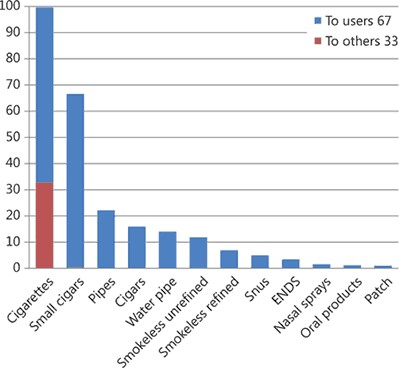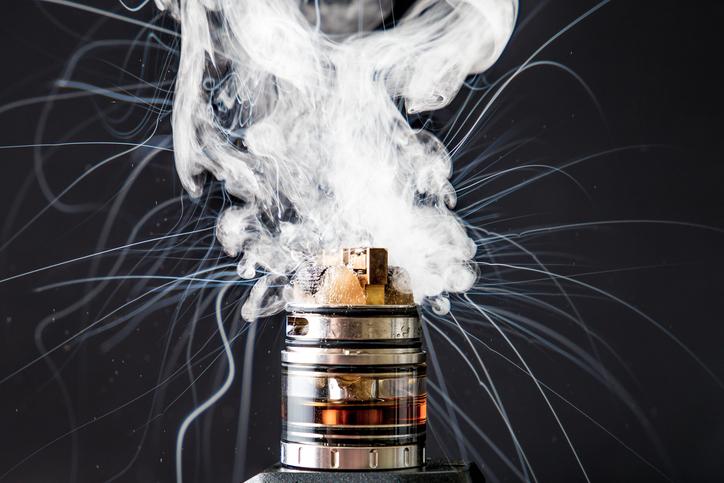Tin tức
Vaping Is At Least 95% Safer Than Smoking
In 2015, Public Health England (PHE) officially stated that “vaping is at least 95% safer than smoking”. A statement that the health organization confirmed in 2018, when it was time to launch a new campaign called “PHE Health Harm Campaign”.
However, despite the fact that the “vaping is 95% safer” news piece has spread around the world, most vapers are not aware of the scientific facts that led PHE to make this claim. Let’s explore this together.
How safe is vaping?
The story begins in 2014 when PHE requested a report to study the health effects of vaping. A year later, a 2015 report, written by John Britton and Ilze Bogdanovica from the Center for Tobacco and Alcohol Research at the University of Nottingham, UK, was presented to the organization.
After examining the report, PHE has officially stated that “the hazard associated with the use of EC products currently on the market is likely to be extremely low, and certainly much lower than that of smoking.” tobacco and the health risk from passive exposure to e-cigarette vapor may be negligible.”
The Origin of the 95%
To better understand the origin of the “at least 95% safer” claim, we need to look at another study conducted by the “international panel of experts”. convened by the Independent Scientific Committee on Drugs. The researchers later “developed a multi-criteria decision analysis model of the relative importance of different types of harm associated with the use of nicotine-containing products.”

Analyzing twelve products, fourteen harmful criteria were identified, seven of which were harmful to users and the other seven harmful to bystanders. The study authors scored all products according to each criterion in terms of average worldwide harm using a scale with 100 being identified as the most harmful product under one criterion. determined and a score of 0 was determined to be harmless.
Why is vaping safer than traditional cigarettes?
To ensure that these findings were accurate, the UK government also looked at compounds found in the steam, specifically formaldehyde and acrolein.
The first study to look at these gases was a Japanese study first mentioned by the Japan Times in 2014, whereby “during testing different types of e-cigarettes, one contained The amount of formaldehyde gas is 10 times higher than that of cigarettes.
However, PHE explained that these harmful emissions only occur when the e-liquid gets too hot (blackened). Meanwhile the study in question has never been published. The amount of harmful gases is very low when normally used in vaping.
A few months later, in January 2015, a similar study was published, according to which, when using a 3rd generation vape, the percentage of formaldehyde found in smoking was “5 to 15 times higher than that of vaping”. cigarettes, when vape is used at full capacity, for 3 to 4 seconds”, causing a feeling of dryness.
However, in response to this, PHE has explained that people must remember that these results were obtained by testing on a smoking machine and that no vaper can smoke for that long with such power.
Furthermore, when e-cigarette users feel a little dry, they instinctively spit out the unpleasant taste, a taste that the smoker does not detect. Therefore, while the presence of these harmful substances cannot be denied in the event of an overheated e-liquid, no vaper will ever inhale them once they have burned.























